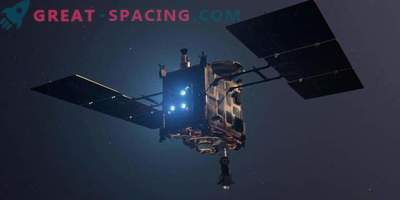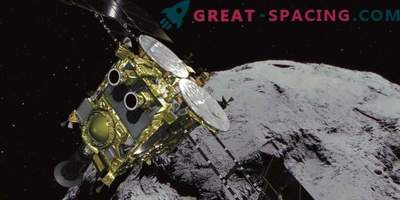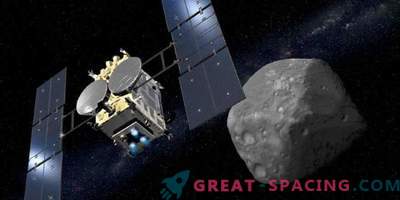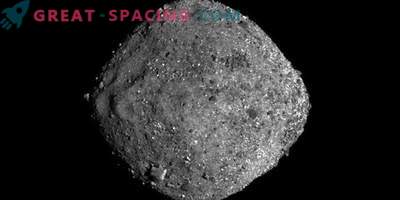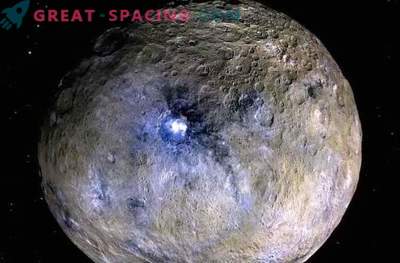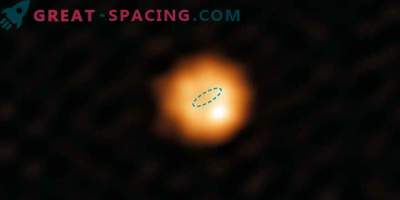
Recall that this is the second time the probe attacks the asteroid Ryugu (“Why does Hayabusa-2 shoot an asteroid?”). On February 22, 2019, the Hayabusa-2 spacecraft approached the surface of the cosmic body, fired a 2-kilogram charge, collected the dust that had risen and flew off again to the previous orbit.
Why repeat this maneuver again? The fact is that in the first case, the researchers collected dust, which lay on the surface. The April mission consisted in the formation of a crater and the taking of intact ancient samples that will help uncover the secrets of the formation of the solar system and, possibly, the appearance of life on Earth.
The rapprochement on April 5 is considered the most risky stage in the Japanese project. Hayabusa-2 had to reset a special detonating unit and have time to fly as far as possible, so that the device does not hit the fragments. The strike element weighed 2 kg, and resembled a basketball in size. The Japanese space agency JAXA reports that the device completed the task and managed to fly on time. Now Hayabusa-2 orbits around the 900-meter asteroid Ryugu, and scientists are waiting for dust and debris to settle to study the crater. They need to re-lower the probe and take samples that have not come into contact with sunlight or cosmic rays for billions of years.
Over the coming weeks, Hayabusa-2 will align its own orbit, and study the crater from afar. The event should have been recorded on camera Hayabusa-2. The signal is being processed. If everything goes according to plan, the space probe will return to Earth in December 2020 with the samples.




